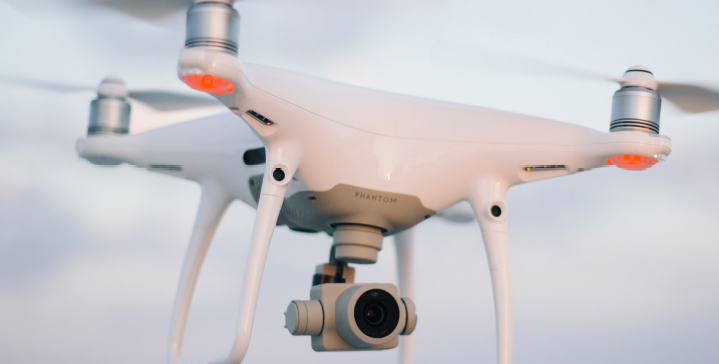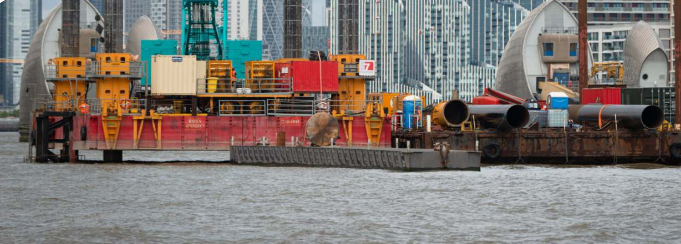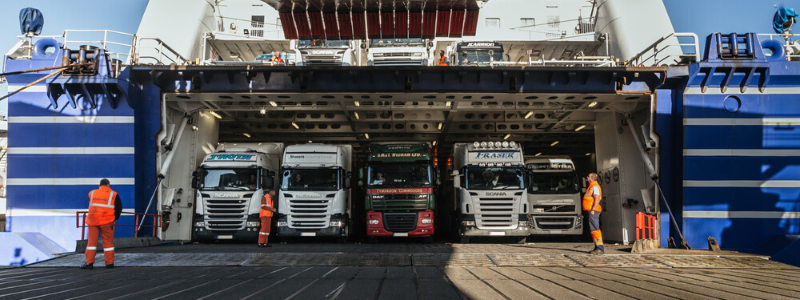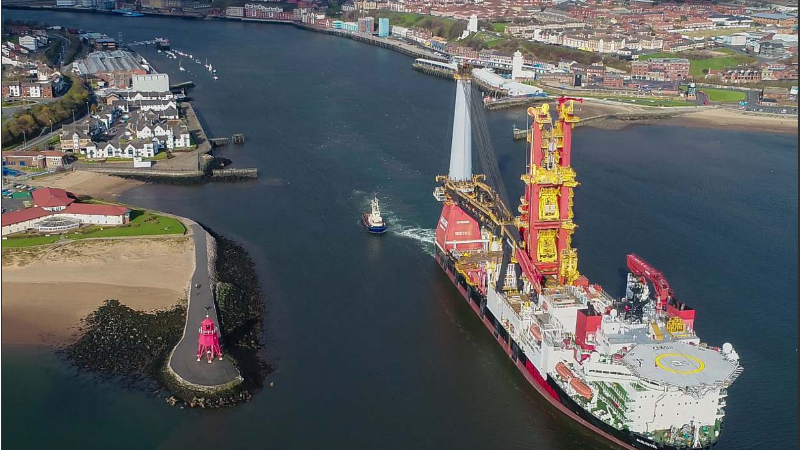A new paper highlights five smart port technologies changing the way UK ports operate for the better.
The paper is published by the British Ports Association in collaboration with Royal HaskoningDHV and the Connected Places Catapult. It is part of the BPA's 'Port Futures' thought leadership programme.
The paper summarises five examples from ports that have been explored in 2021, including a constantly learning digital twin, remote infrastructure and asset monitoring, and upstreaming of border administration.
The paper can be found here and short summaries and longer briefings on each case can be found below.
The BPA is exploring how new technology use cases can be better shared across the industry in 2022.
Shoreham Port's remote asset monitoring: Port assets are difficult to inspect and monitor over their long design lives yet are critical to port safety and resilience of operation. This use case examines how regular automated inspections, with standardised data output can lead to actionable insights for port asset maintenance. This helps increase port resilience.
Port of London: The River Thames is a critical artery for leisure and freight traffic, with depth and air draft limitations impacted by weather, tide, extraction and flood defences; understanding future behaviour is vital to planners and operators to ensure service resilience is maintained. This project considered the potential value of a reliable and self-learning river level prediction tool for operational decisions, absorbing all the river influence data, and then extrapolated into a climate scenario simulation model – a constantly learning digital twin.
Milford Haven: Like most ports, the Port of Milford Haven maintains remote aids to navigation such as beacons and buoys. These are important tools in ensuring the ensuring safe transit for vessels and need monitoring and maintenance. Capturing information from operationally critical, but remote, marine assets in a harsh environment is difficult but this project explored future options for integrated data sources from reliable mobile sensing, interpreted by historical learning, for guided decision-making by port operators.
Portsmouth: With growing cross-Channel freight volumes and new UK and EU border control regulations, the administration of freight has new complexity that may increase pressure on limited land within port cities. Use of upstream technology to check and direct freight vehicles approaching the port can automate some on-port administration to reduce queuing, delays and air quality impact for the city.
Shore Power at the Port of Tyne: Ports have an important role to play in the decarbonisation agenda, with vessels generating a large proportion of port emissions, yet there are still significant barriers to implementation of shore power in the UK. Shore Power requires support to create a viable business case and propagate adoption across the port sector. The Port of Tyne is exploring how this could support emission reduction at a new terminal supporting the offshore renewable energy sector.
Commenting on the new paper, Mark Simmonds, Director of Policy at the British Ports Association said: "The whole concept of 'smart ports' can be a bit confusing to some, but these use cases highlight how new and existing technology can be put to use in innovative ways to increase port resilience and efficiency."
"We are constantly looking for new ways to share stories like these and are exploring how we can better collect these sorts of interesting use cases in the new year."
Sarah Barcroft, Port Technology & Operations Consultant, Water & Maritime at Royal HaskoningDHV said: “For us it’s not the technology that comes first. It’s about understanding the unique challenges that each port faces. Once you understand the challenge within the local context, then you can consider how technologies and parallel business change can be combined to support the port in overcoming them."
"The last year has illustrated how agile the UK ports sector can be in the face of multiple intersecting challenges but there is still plenty of scope to make our ports even more efficient, sustainable, and resilient with appropriate use of technology, which we aim to illustrate through these use cases and projects."
About BPA
The British Ports Association (BPA) represents the interests of over 100 port members, covering more than 400 ports, terminal operators and port facilities. The UK ports industry plays a key role in the country’s economy as 95% of the UK’s international trade – imports and exports – is carried through British ports. UK ports also handle more than 60 million international and domestic passenger journeys each year. The UK port industry is the second largest in Europe, handling around 500 million tonnes of freight each year. UK ports directly employ around 115,000 people.








